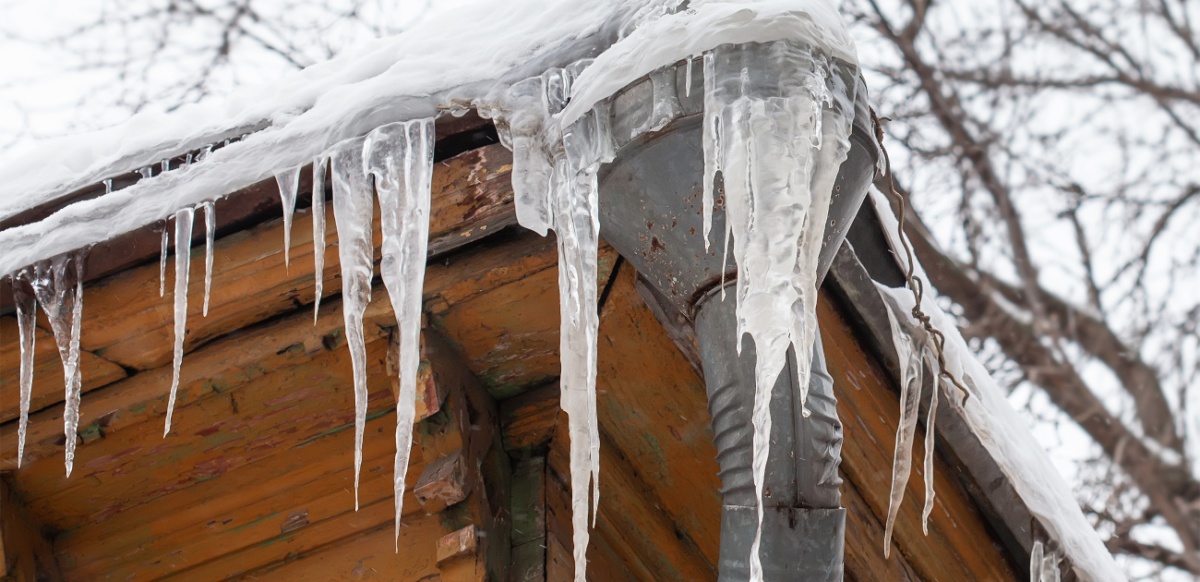Just about everyone has got their own individual opinion with regards to Helpful Tips to Prevent Frozen Pipes this Winter.

Cold weather can wreak havoc on your plumbing, particularly by freezing pipes. Here's just how to stop it from taking place and what to do if it does.
Introduction
As temperatures decline, the danger of frozen pipes rises, possibly causing pricey repair work and water damages. Comprehending how to avoid icy pipes is vital for homeowners in chilly environments.
Avoidance Tips
Insulating prone pipelines
Cover pipes in insulation sleeves or utilize warmth tape to protect them from freezing temperatures. Focus on pipes in unheated or outside locations of the home.
Home heating strategies
Maintain indoor rooms adequately heated, especially locations with pipes. Open up cupboard doors to enable warm air to distribute around pipes under sinks.
How to identify icy pipes
Look for reduced water circulation from faucets, unusual odors or sounds from pipes, and visible frost on exposed pipelines.
Long-Term Solutions
Structural modifications
Think about rerouting pipes far from outside walls or unheated areas. Include additional insulation to attics, cellars, and crawl spaces.
Updating insulation
Invest in top notch insulation for pipes, attic rooms, and walls. Proper insulation aids maintain regular temperatures and lowers the danger of frozen pipelines.
Securing Exterior Plumbing
Yard hoses and outside taps
Detach and drain pipes garden hose pipes prior to winter season. Set up frost-proof spigots or cover outside taps with insulated caps.
Comprehending Icy Pipelines
What causes pipes to ice up?
Pipelines ice up when exposed to temperatures listed below 32 ° F (0 ° C) for expanded periods. As water inside the pipes freezes, it broadens, taxing the pipeline wall surfaces and possibly creating them to burst.
Risks and damages
Frozen pipes can lead to water disturbances, home damage, and costly repair work. Burst pipes can flooding homes and create substantial structural damage.
Indications of Frozen Pipeline
Identifying icy pipelines early can avoid them from bursting.
What to Do If Your Pipelines Freeze
Immediate activities to take
If you think frozen pipelines, keep taps available to alleviate pressure as the ice thaws. Utilize a hairdryer or towels soaked in hot water to thaw pipelines slowly.
Verdict
Stopping frozen pipelines needs positive actions and quick feedbacks. By understanding the reasons, signs, and safety nets, homeowners can secure their pipes during cold weather.
5 Ways to Prevent Frozen Pipes
Drain Outdoor Faucets and Disconnect Hoses
First, close the shut-off valve that controls the flow of water in the pipe to your outdoor faucet. Then, head outside to disconnect and drain your hose and open the outdoor faucet to allow the water to completely drain out of the line. Turn off the faucet when done. Finally, head back to the shut-off valve and drain the remaining water inside the pipe into a bucket or container. Additionally, if you have a home irrigation system, you should consider hiring an expert to clear the system of water each year.
Insulate Pipes
One of the best and most cost-effective methods for preventing frozen water pipes is to wrap your pipes with insulation. This is especially important for areas in your home that aren’t exposed to heat, such as an attic. We suggest using foam sleeves, which can typically be found at your local hardware store.
Keep Heat Running at 65
Your pipes are located inside your walls, and the temperature there is much colder than the rest of the house. To prevent your pipes from freezing, The Insurance Information Institute suggests that you keep your home heated to at least 65 degrees, even when traveling. You may want to invest in smart devices that can keep an eye on the temperature in your home while you’re away.
Leave Water Dripping
Moving water — even a small trickle — can prevent ice from forming inside your pipes. When freezing temps are imminent, start a drip of water from all faucets that serve exposed pipes. Leaving a few faucets running will also help relieve pressure inside the pipes and help prevent a rupture if the water inside freezes.
Open Cupboard Doors
Warm your kitchen and bathroom pipes by opening cupboards and vanities. You should also leave your interior doors ajar to help warm air circulate evenly throughout your home.
:strip_icc()/snow-outdoor-faucet-pipes-4af65d1e5e904fb1aa7bf74071fe5d89.jpg)
We are very interested by Winter Plumbing Precautions: Preventing Frozen Pipes and I am assuming you enjoyed reading our post. If you liked our post if you please be sure to share it. Thanks so much for your time spent reading it.
Call Today